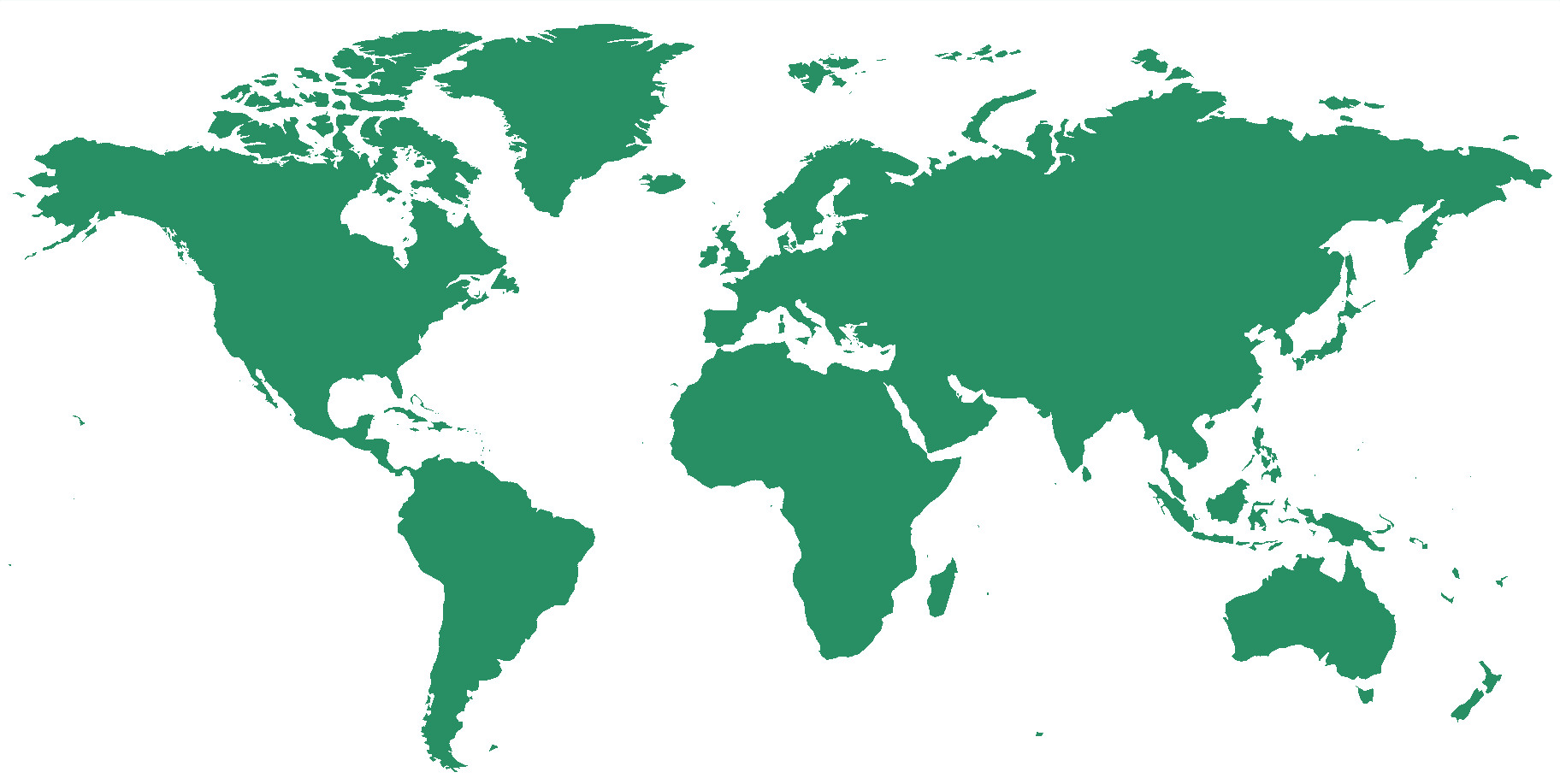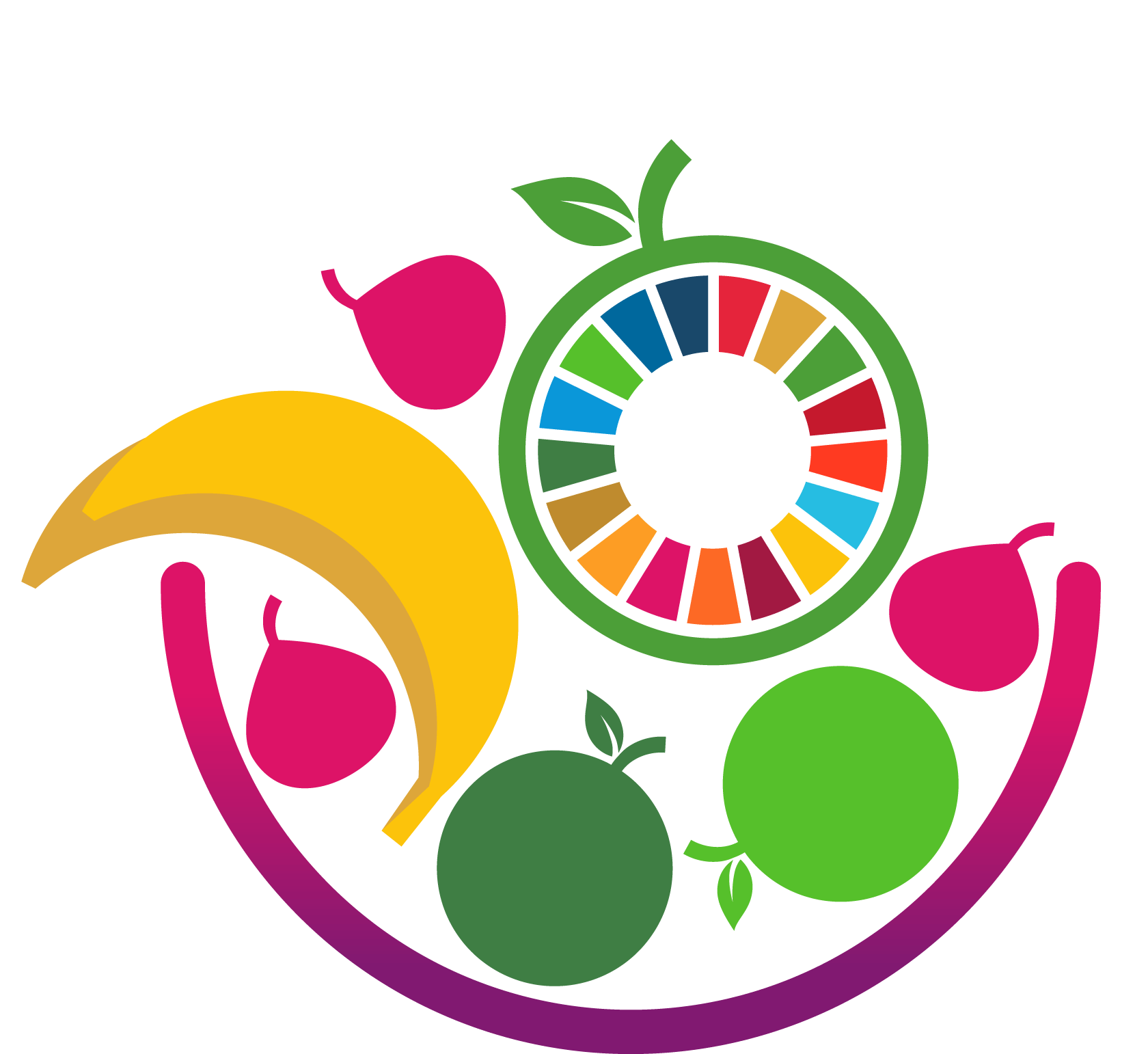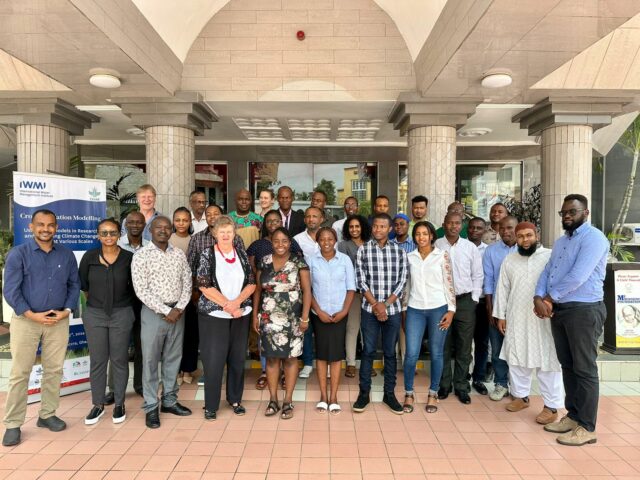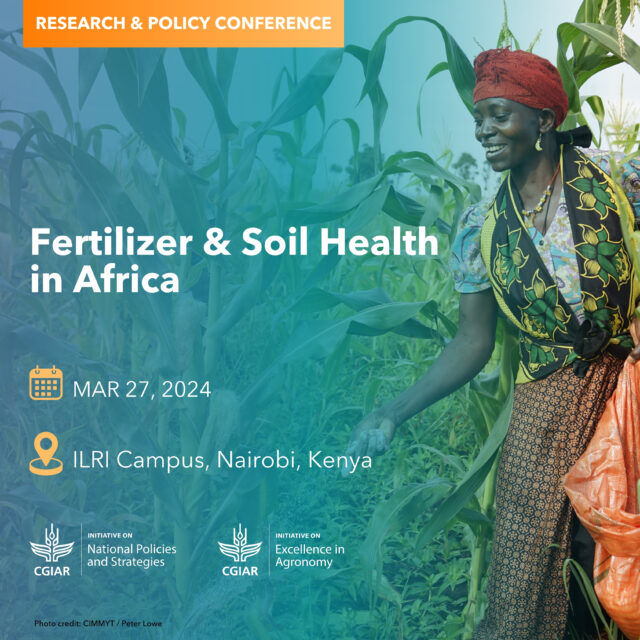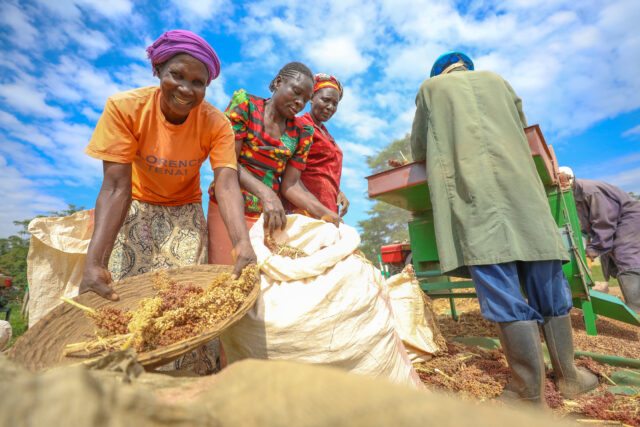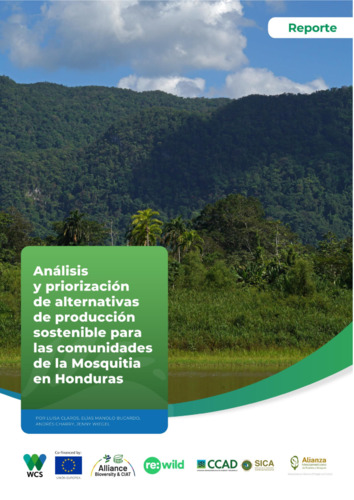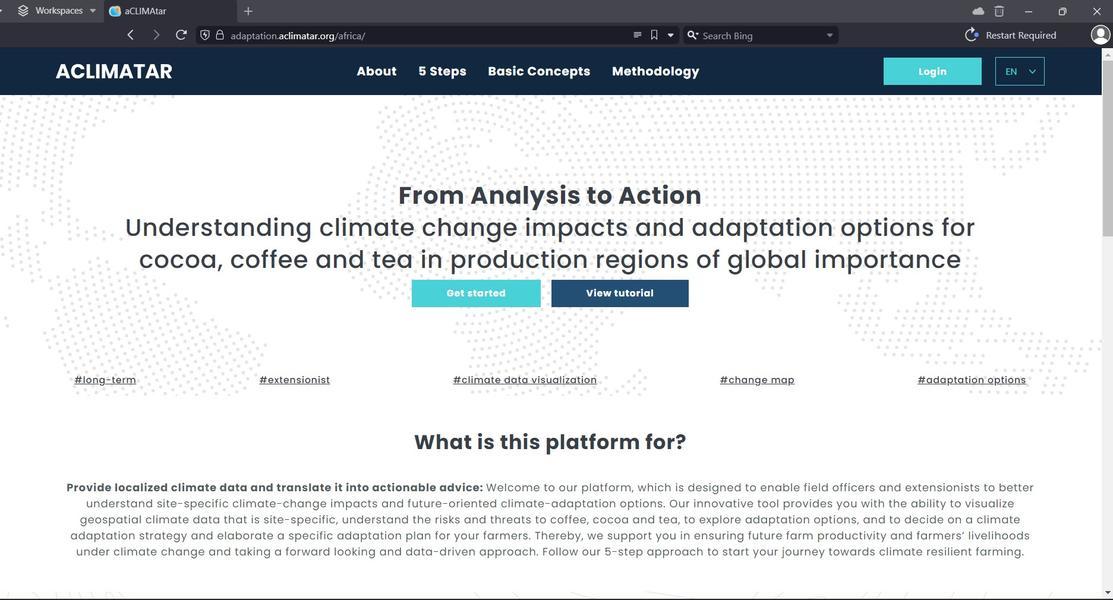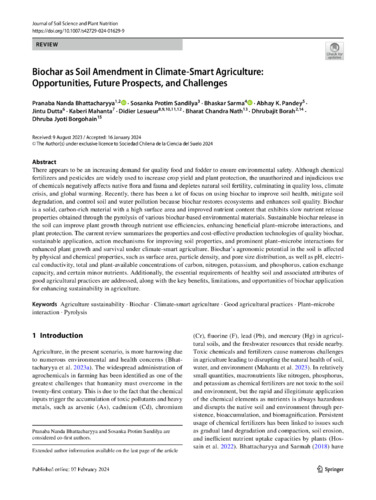Challenge
Smallholdings represent over 80% of the world’s farms, mostly located in the Global South, and supply 50% of global food. Enhanced agronomy management has a great potential to increase productivity, sustainability, efficiency and competitiveness of these smallholdings, which is characterized by low and variable yields and profitability, smallholder farming challenges include water scarcity, climate change, low resource use efficiencies and declining soil health. These result in negative impacts on food and nutrition security, equitable livelihoods and ecosystem health.
Smallholder farmers seasonally make critical agronomic decisions regarding crop choice, planting dates and pest, disease, weed, soil fertility and water management, often based on suboptimal practices and information. Traditional agronomic research enhances our understanding of basic processes, but with limited connection to stakeholder demand and often based on outdated approaches. The development, deployment and uptake of interventions is hampered by social, economic and institutional constraints, further confounded by adherence to conventional supply-driven innovation strategies.
Objective
This Initiative aims to deliver an increase in productivity and quality per unit of input (agronomic gain) for millions of smallholder farming households in prioritized farming systems by 2030, with an emphasis on women and young farmers, showing a measurable impact on food and nutrition security, income, resource use, soil health, climate resilience and climate change mitigation.
Activities
This objective will be achieved through:
- Facilitating the delivery of agronomy-at-scale solutions, including development and technical/user-experience validation and the co-creation and deployment of gender- and youth-responsive solutions to smallholder farmers via scaling partners.
- Enabling the creation of value from big data and advanced analytics through the assembly and governance of data and tools; application of existing analytics and solutions for specific use cases; supply of information on climate impacts, inclusivity and sustainability of agronomic solutions; and national agricultural research system capacity strengthening.
- Driving the next generation of agronomy-at-scale innovations by addressing key knowledge gaps and facilitating innovation in agronomy research through engagement with partners.
- Nurturing internal efficiencies for an agile and demand-driven agronomy research and development community through internal organization and external partnerships for prioritization, demand mapping and foresight.
Engagement
While this Initiative is global in its outlook, it will work through use cases and with stakeholders in Cambodia, Colombia, Democratic Republic of the Congo, Egypt, Ethiopia, Ghana, Ivory Coast, Kenya, Malawi, Mali, Mexico, Morocco, Nigeria, Peru, the Philippines, Rwanda, Senegal, Uganda, Vietnam, Zambia and Zimbabwe. These use cases will generate evidence to develop lessons of global application.
Outcomes
Proposed 3-year outcomes include:
- At least 20 public and private scaling and demand partners pilot gender- and youth-responsive agronomic solutions, targeting at least 1 million farmers through extension, social and/or information technology networks, and use common monitoring, evaluation and learning approaches to report on how these solutions perform against agronomic gain key performance indicators.
- At least 75% of research and scaling partners use and share common, open and FAIR (findable, accessible, interoperable and reuseable) data, tools and analytics to support the co-creation of locally relevant agronomic solutions integrating climate-smart, inclusivity and sustainability dimensions and assessing their performance using standardized protocols.
- Scientists from at least five non-CGIAR agricultural research institutes with complementary expertise in relevant research areas and at least 10 national agricultural research system partners cooperate with the Initiative to fill key knowledge gaps for delivering agronomic solutions at scale through at least 10 strategic projects.
- Decisions made on key aspects of an expanding agronomy-at-scale research portfolio for the Initiative are taken collectively by CGIAR agronomists and scaling partners based on common learning.
Impact
Projected impacts and benefits include:
 |
POVERTY REDUCTION, LIVELIHOODS & JOBS
A key pathway to reducing poverty for smallholders is improving crop yields. The Initiative focuses on increasing productivity and produce quality, based on improved resource–use efficiencies of inputs to potentially generate increased yields with reduced investments. Job creation is facilitated through the delivery of advisory services to smallholder communities as well as by more commercialized farms offering more and better employment, benefiting 14 million people (2.3 million households). |
 |
NUTRITION, HEALTH & FOOD SECURITY
Agronomic production of staple crops forms the basis of food security. Agronomic interventions through the Initiative not only increase crop yields but also increase food quality in terms of protein, carbohydrate and micronutrient contents, benefiting 55.6 million people (9.3 million households). |
 |
GENDER EQUALITY, YOUTH & SOCIAL INCLUSION
The Initiative carries out both gender-integrated and gender-strategic research to inform the design and validation of gender- and youth-responsive agronomic solutions that meet the needs and circumstances of women, men and youth, and implements transformative approaches alongside these solutions to address the underlying causes of productivity gaps, benefiting 22.2 million women and 10.5 million youth reached via their families. |
 |
CLIMATE ADAPTATION & MITIGATION
Many existing agronomic solutions can sustain productivity under variable conditions. Where agronomy intensifies production and generates more food per hectare and unit of input, it has the potential to relieve pressure to convert forests and peatlands at the extensive margin to production; this may reduce some of the most acute land-based emissions. The Initiative also includes perennial crops that serve as durable carbon sinks. Its climate-adapted innovations are projected to benefit 55.6 million people (9.3 million households). |
 |
ENVIRONMENTAL HEALTH & BIODIVERSITY
The Initiative aims to achieve sustainable intensification of smallholder farming systems, benefiting the agricultural resource base and its native organisms. The Initiative supports: (i) higher productivity per unit of land, limiting the expansion of agricultural land at the expense of forests or other natural lands, (ii) improved nutrient and water use efficiencies, and (iii) improved management practices to restore soil health and associated ecosystem services over 4.6 million hectares of land. |
Projected benefits are a way to illustrate reasonable orders of magnitude for impacts which could arise as a result of the impact pathways set out in the Initiative’s theories of change. In line with the 2030 Research and Innovation Strategy, Initiatives contribute to these impact pathways, along with other partners and stakeholders. CGIAR does not deliver impact alone. These projections therefore estimate plausible levels of impact to which CGIAR, with partners, contribute. They do not estimate CGIAR’s attributable share of the different impact pathways.
Header photo: Nepali farmer Sita Kumari uses mobile phone apps to enhance her yields and get access to market and labor. The technology assists farmers in remote areas, who would otherwise have limited access to information on market prices and services. Photo by C. De Bode/CGIAR.




